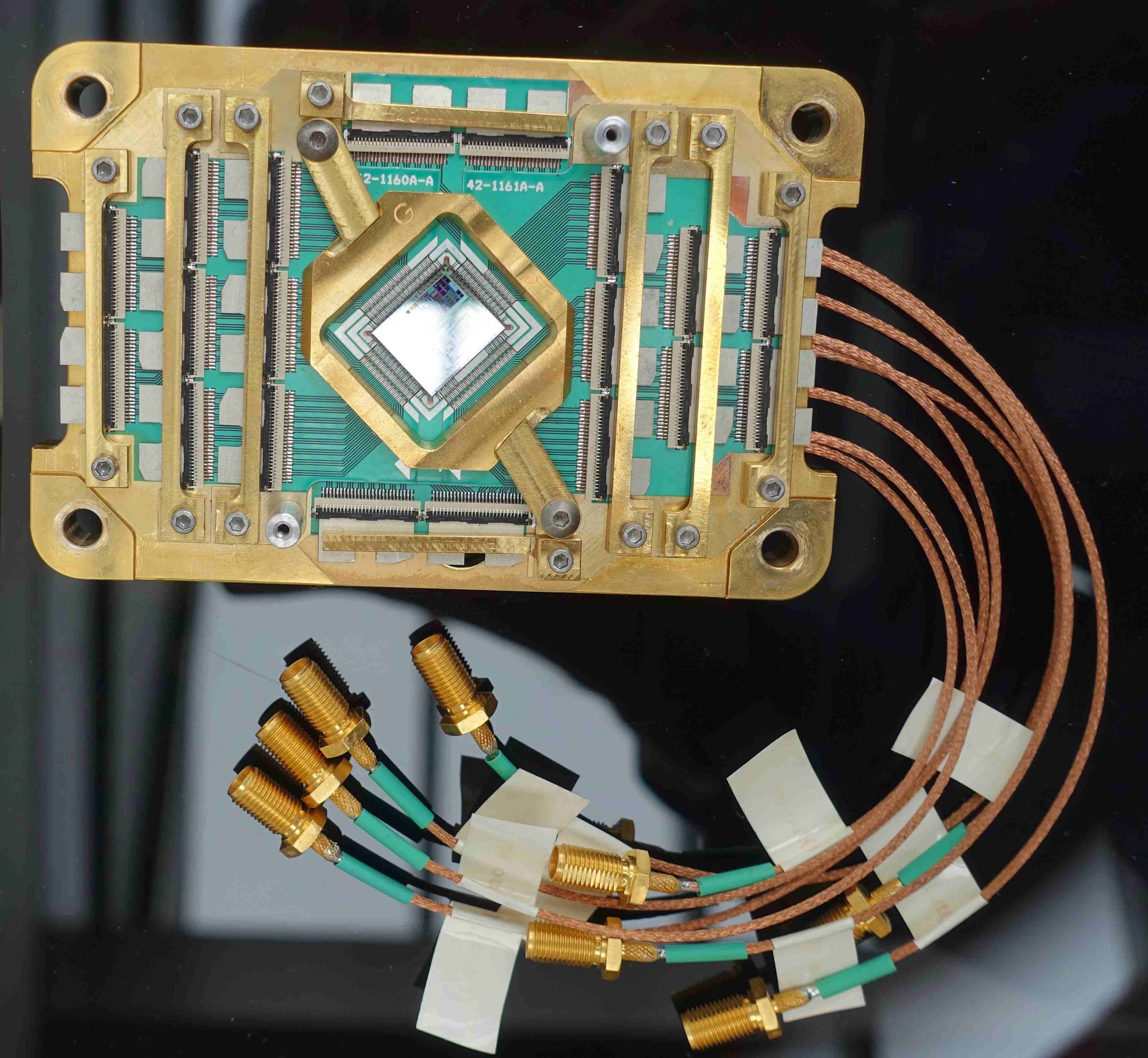Qubits: The Mysterious Building Blocks of the Quantum Revolution

Imagine a world where computers don’t think in 1s and 0s, but in infinite possibilities—welcome to the world of qubits. A qubit (quantum bit) is the basic unit of quantum information. It is somewhat similar to a classical bit, however due to its unique properties, it makes quantum computing much more powerful in some of its applications.
So how is it different from any classical bit? Well, in classical computing, a bit can exist only in two states, 0, meaning off or low voltage, or 1, meaning on or high voltage. However, in quantum computing, qubits work very differently. It follows the principles of quantum mechanics and can exist as a superposition of both the states, at the |0⟩ and |1⟩. α and β are complex numbers representing the probability amplitudes of a qubit existing in a state of 0 or 1. It is like representing the probabilities of the correct door in the Monty Hall problem. However, the probabilities must satisfy the condition, |α|² + |β|² = 1. This means that when a qubit is measured, it collapses into the state of |0⟩ with a probability of |α|² or into a state of |1⟩ with a probability of |β|².
How Does a Qubit Work?
A qubit has three key properties. The first one is superposition. As stated before, a qubit can exist as 0 or 1 at the same time. It is just like a coin that is constantly spinning, meaning it is heads and tails at the same time until it comes to a stop where you can observe it as being either one of the states. Mathematically, an equal superposition state is |ψ⟩ = 1/√2 |0⟩ + 1/√2 |1⟩, which means there is a 50% chance for a qubit to be 0 or 1.
Next up, is entanglement. It is a special quantum property, where two or more of the qubits become linked. Even if they are apart by large distances, changing one qubit will affect the other. It is like having a pair of gloves. If you take a glove far away from its pair, you can instantly understand how the other pair would look just by looking at the glove you have. Just like this, in an entangled system, measuring one qubit helps us understand the state of the other, even if they are light years apart. A famous entangled state is the Bell state, which can be mathematically represented by |Φ⁺⟩ = 1/√2 (|00⟩ + |11⟩). This means that if one qubit is 0 the other is 0 too; however, if one qubit is 1, the other is 1 too.
Lastly, we have quantum interference. Quantum interference is how the probability for a qubit to collapse in a particular state can be tuned by phase difference. This application is used throughout quantum algorithms toward enhancing correct outcomes and canceling incorrect ones. Now imagine throwing stones on water. The ripples interfere with each other. It could either cause constructive interference (waves add up) increasing the possibility of a correct desired outcome or, destructive interference (waves cancel out) cancelling out incorrect outcomes, making it more accurate. This shows that quantum algorithms use interference to find solutions faster than classical computers.
The Bloch Sphere
As a qubit is not limited to being a 0 or 1, it can be visualized as a part of the Bloch sphere, which can be mathematically represented by |ψ⟩ = cos(θ/2) |0⟩ + eiϕ sin(θ/2) |1⟩. Here, θ represents how much of the state is in 0 or 1 and ϕ determines the phase of the qubit. To visualize a Bloch sphere for someone unfamiliar with it, imagine a 3D globe where the North Pole represents a definite "on" state (like a 1 in a classical bit), the South Pole represents a definite "off" state (like a 0), and any point on the sphere's surface represents a possible quantum state that can be a mix of both "on" and "off" (a superposition), with the position on the sphere indicating the relative probability of each state; essentially, the closer to the North Pole, the more "on", and closer to the South Pole, the more "off". Think of a qubit as a spinning basketball, where different directions of spin represent different states.
Conclusion
A qubit is quantum speech for classical bits, existing in superposition, getting entangled, and performing powerful computations using interference properties. All these properties are the backbone of quantum computing and have the potential to revolutionize the world of cryptography, optimization, and artificial intelligence.
Similar Post You May Like
-

CFCs, HFCs and their long, troubled history
At its peak, the ozone hole covered an area 7 times larger than the size of Europe, around 29.9 million km2, and was rapidly expanding
-

The Origin of Universe: Deciding point where it all began!
Let us unravel and surf through the ideas throughout ages to understand what the universe and its origin itself was to its inhabitants across history.
-

The Artemis Program
Inspired by the Greek goddess of the Moon, twin sister to Apollo, the artimis program was named on 14 May 2019 by Jim Bridenstine.






